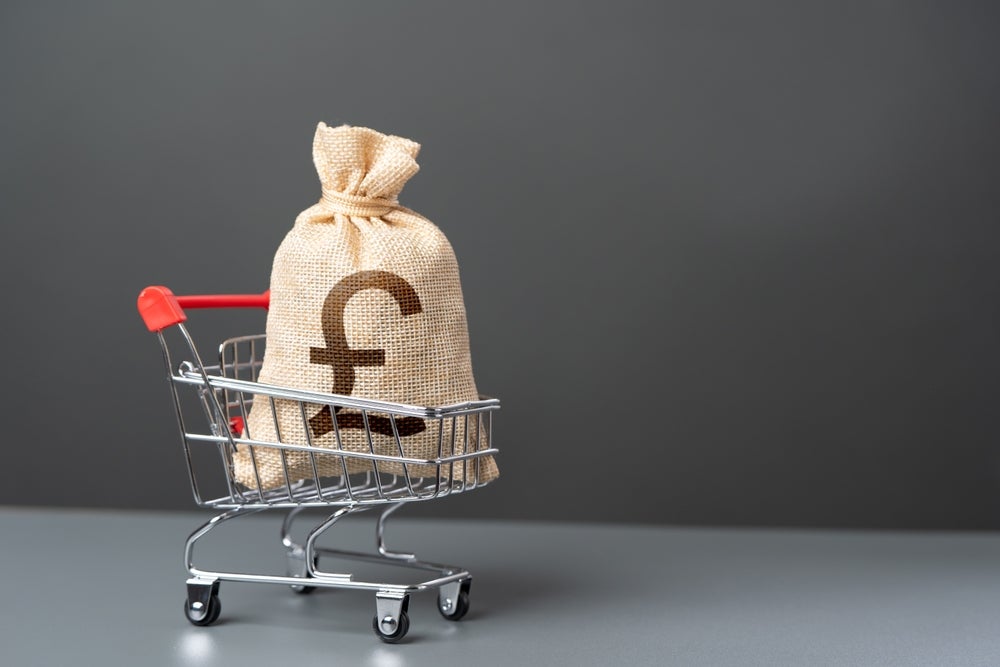The UK retail landscape is undergoing a period of transformation as businesses grapple with shifting economic realities. From the rising cost of labour to the introduction of new regulatory measures, retailers are being pushed to adapt quickly while maintaining competitiveness.
At the same time, consumers are feeling the effects of economic pressure, prompting shifts in purchasing behaviour and prioritising affordability. In this evolving environment, the interplay between policy changes, operational challenges, and market dynamics is shaping the future of the sector in profound ways.
The British retail sector is bracing for significant challenges in 2025, with rising operational costs and anticipated inflation set to impact both retailers and consumers.
Increased operational costs
Retailers are contending with several cost pressures, including higher labour expenses due to increases in National Insurance contributions and the National Living Wage.
Additionally, new packaging levies introduced in the October budget are adding to the financial strain.
Helen Dickinson, Chief Executive of the British Retail Consortium (BRC), noted that these factors are diminishing retailers' capacity to absorb price pressures, making it unlikely for prices to decrease.
Anticipated inflation in food prices
The BRC forecasts that food price inflation will exceed 4% in 2025, a significant rise from the 1.8% recorded in December. This increase is attributed to the cumulative effect of higher operational costs and new taxes.
An industry analyst commented that government policies are expected to be the primary drivers of food inflation this year, surpassing the influence of commodity prices or currency fluctuations.
Impact on retailers and consumers
The combination of rising costs and inflation presents a challenging landscape for UK retailers. While some, like Tesco and Marks & Spencer, reported strong sales during the Christmas period, the sustainability of such performance is uncertain in the face of escalating expenses.
Consumers are also likely to feel the impact, with higher prices potentially affecting purchasing decisions and overall spending patterns.
As the year progresses, both retailers and consumers will need to navigate these economic pressures, balancing the realities of increased costs with the demand for value and affordability in the marketplace.









